
What is an API?
What exactly is an API? You make mention of this at a dinner party and you are likely to hear a pin drop! This is strongly contrasted in tech circles and management meetings where APIs are valuable and possess a positive impact for businesses. So, what is the real definition of an API?
An API stands for Application Programming Interface.
An API is a software intermediary that allows two applications to talk to each other. Think of the API as a messenger that delivers your request to the provider that you’re requesting it from. Then it delivers the reply back to you. What is important about this process is that the API defines functionalities that are independent of their respective implementations. This allows those implementations and definitions to vary without compromising each other.
Wow, technical overload! So for those of us who are computer scientists or programmers, what on earth does that mouthful mean?
Here is an API Illustration most of us can relate to:
 Consider your mobile phone, each of us have the ability to make a phone call request irrespective of the kind of phone we own. When we make a call request we get a response from our service provider that connects us to our friend. Your phone model doesn’t really matter. The phone we use is related to what we need the device to do in correlation to our tasks.
Consider your mobile phone, each of us have the ability to make a phone call request irrespective of the kind of phone we own. When we make a call request we get a response from our service provider that connects us to our friend. Your phone model doesn’t really matter. The phone we use is related to what we need the device to do in correlation to our tasks.
In our example, the phone we use has the screen layouts we prefer based on our business needs. On a website this means we can change the “look” or how the numbers display on our phones. However, we are accessing the same information or performing the same task – making a call. All without affecting how another persons phone works.
It does present an interesting business choice, do you buy an existing phone model off of the shelf? Or design your own because of a unique business need such as integration with a company CRM or Sales database?

An API presents long term benefits for companies. Specifically those who need to track end to end processes under one software solution.
At Leads 2 Business we offer an API service. Allowing your business to design their own interface to access our Project and Tender information. Get your tech team to contact us and we can connect you. We also offer our off the shelf service. It has our interface that we have designed as part of our normal subscription.
API Information dressed for your business.
To illustrate the concept of an API a little further we would like you to meet Data-Bob. He represents the data that we as a company provide to your organisation through our API. Your development team then designs the interface so that it fits with your corporate requirements.


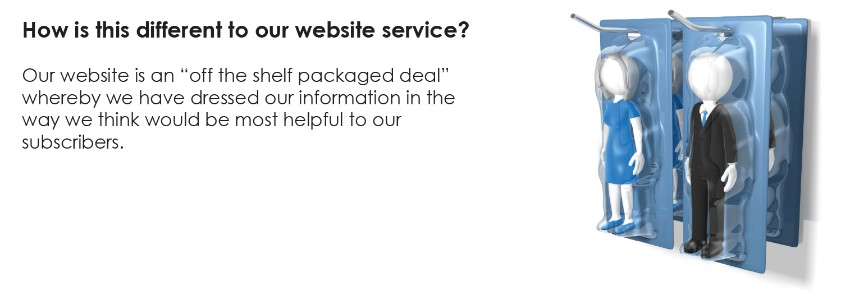
If you are still feeling lost as to the practical implementation of an API? Here’s real world example:

The next time you book a flight you will have “front row seats” to interacting with an API! Whether you search from the airlines website or an online travel service that collates the information from multiple airlines, you will need access the airline’s database to see if there are any seats available, what the subsequent cost might be based on the date, flight time and popularity of your destination.
To obtain the information you need to book your flight, the application has to interact with the airline’s API. Then in turn takes the airline’s response to your request and delivers right back to the travel application you’re using. Through each step, it is aided by the interaction between the application and the airline’s API. Enabling you to perform everything from seat selection, to payment and booking.
How is API information delivered?
When you connect to our API, you will need a username and password. The data is delivered in an XML format. XML is a marked up version of plain text that is easy to access by computers. A comparison can be drawn between information that is obtained in comma separated value or .csv files. When you open the file it appears as a long string of values, however when you import it into excel, the values neatly populate columns and rows depending on the comma sequencing. A similar function occurs when an XML file is pulled. The mark up tags in the file allow your development team to populate the various rows or columns of information within your CRM package, creating a seamlessly integrated solution for your company. It’s an exciting approach and it offers streamlined processes and optimal efficiency for companies.
Where to from here?
I hope that this has assisted your understanding of what an API is, as well as how it can work for your business.
If you require any further information, please feel most welcome to contact us on 033-3431130 or email our IT team on Support@L2B.co.za
I am a lover of awesome design, customer centricity and the art of influence.
Being able to effect this through analysis, written or visual content and front-end design is part of my work, my great love of creatively solving problems that reach across as many parts of Leads 2 Business as I can.


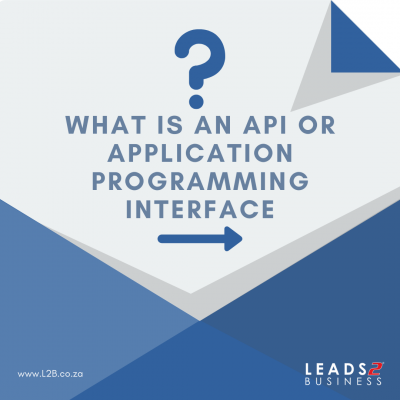
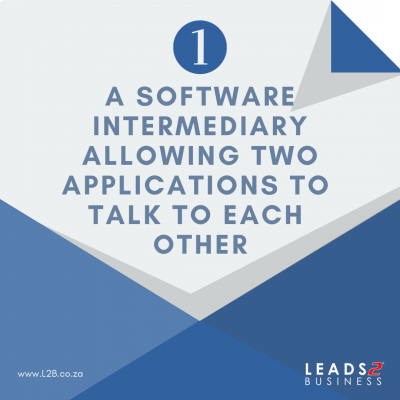

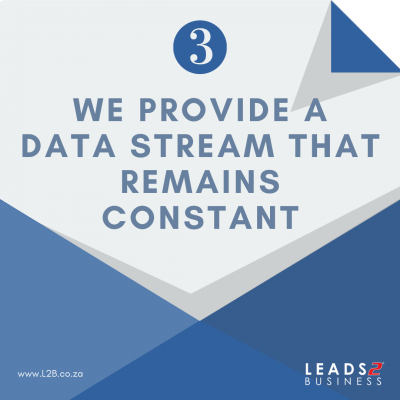
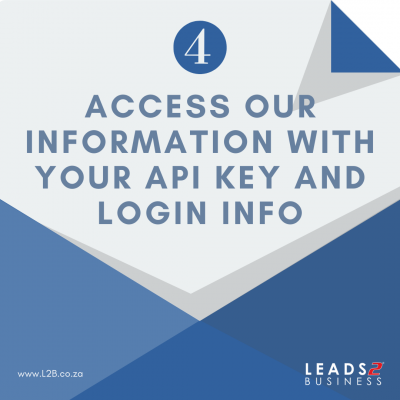
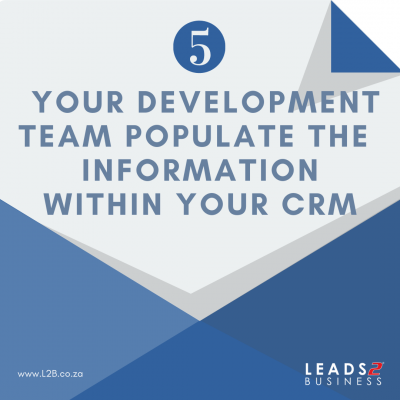
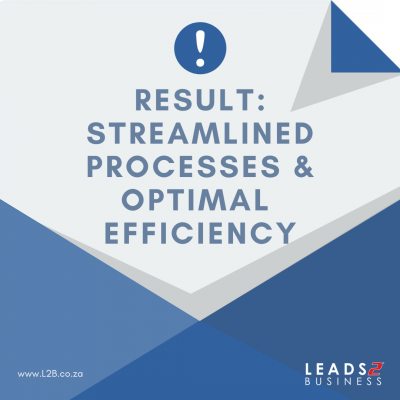
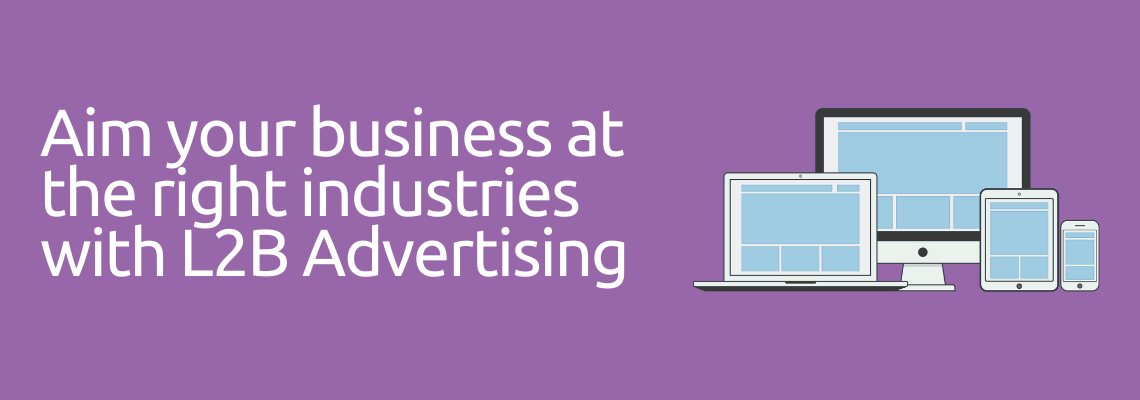
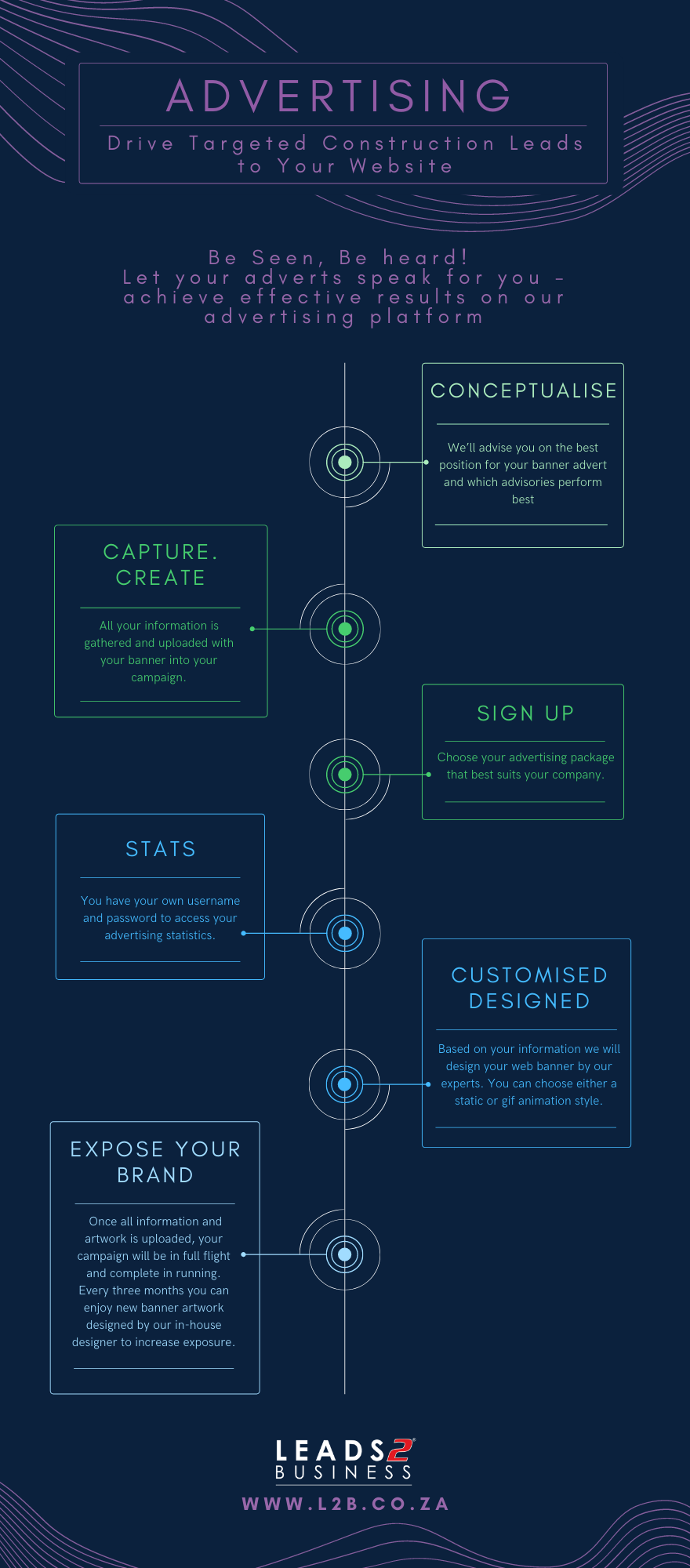

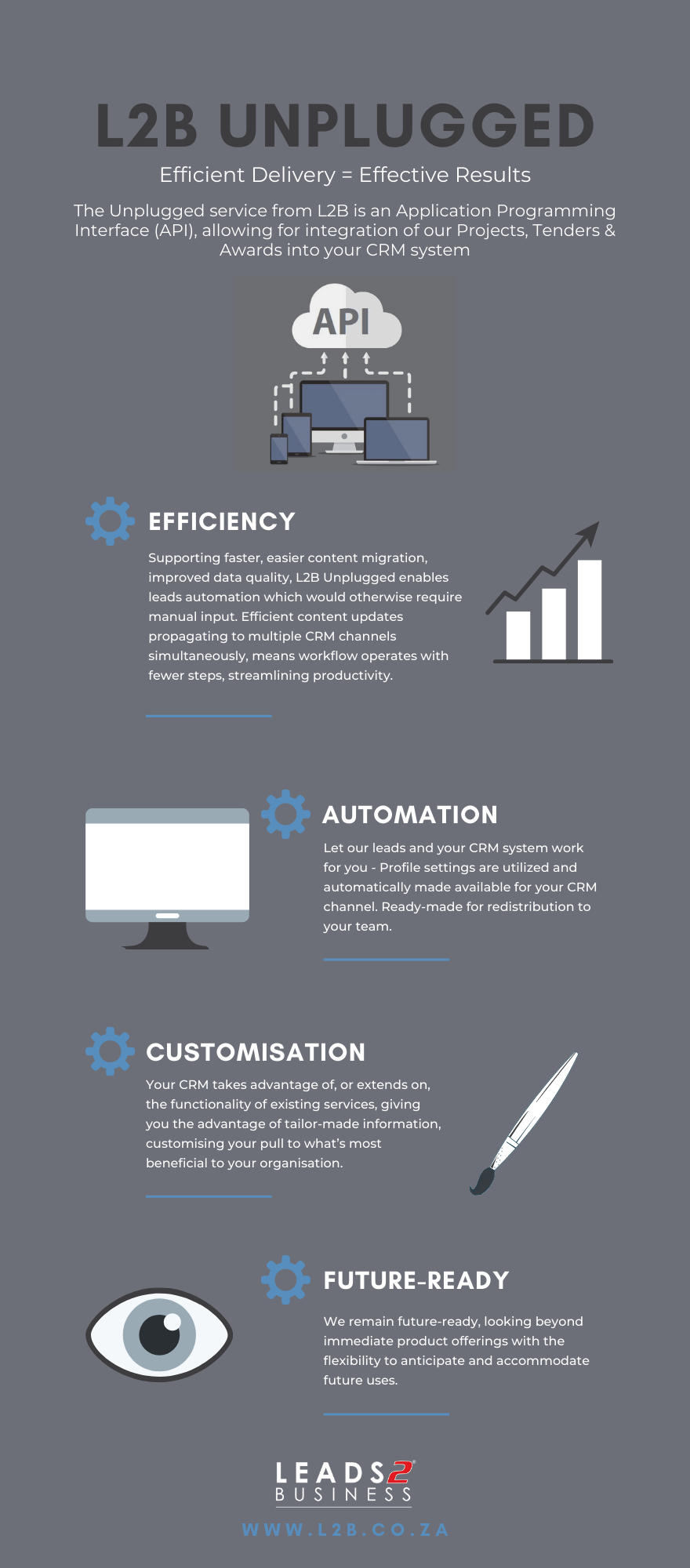
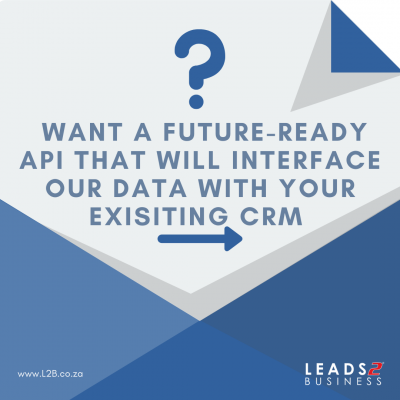
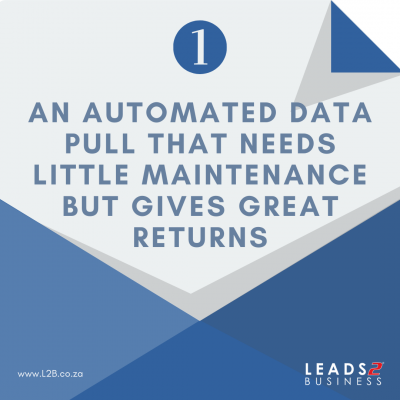

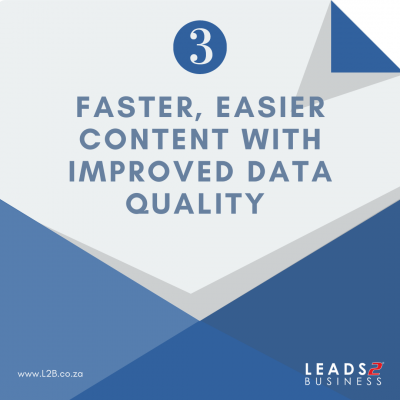
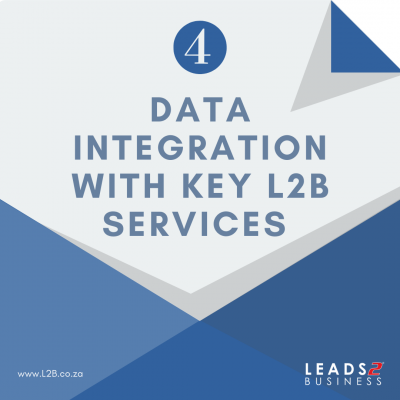



 Consider your mobile phone, each of us have the ability to make a phone call request irrespective of the kind of phone we own. When we make a call request we get a response from our service provider that connects us to our friend. Your phone model doesn’t really matter. The phone we use is related to what we need the device to do in correlation to our tasks.
Consider your mobile phone, each of us have the ability to make a phone call request irrespective of the kind of phone we own. When we make a call request we get a response from our service provider that connects us to our friend. Your phone model doesn’t really matter. The phone we use is related to what we need the device to do in correlation to our tasks.



